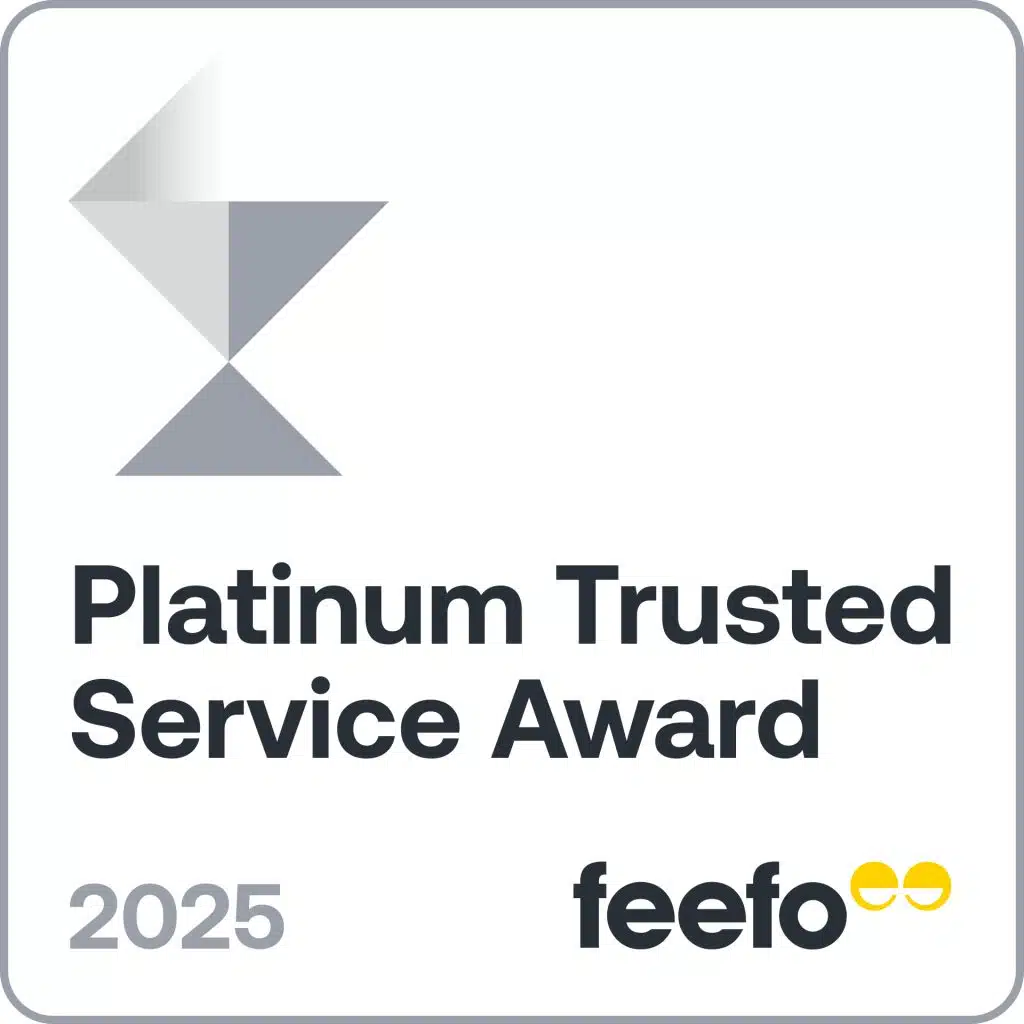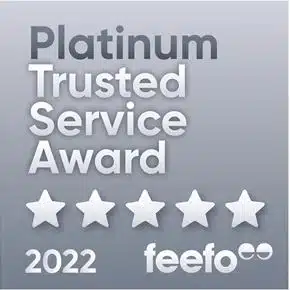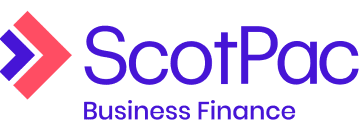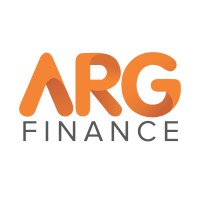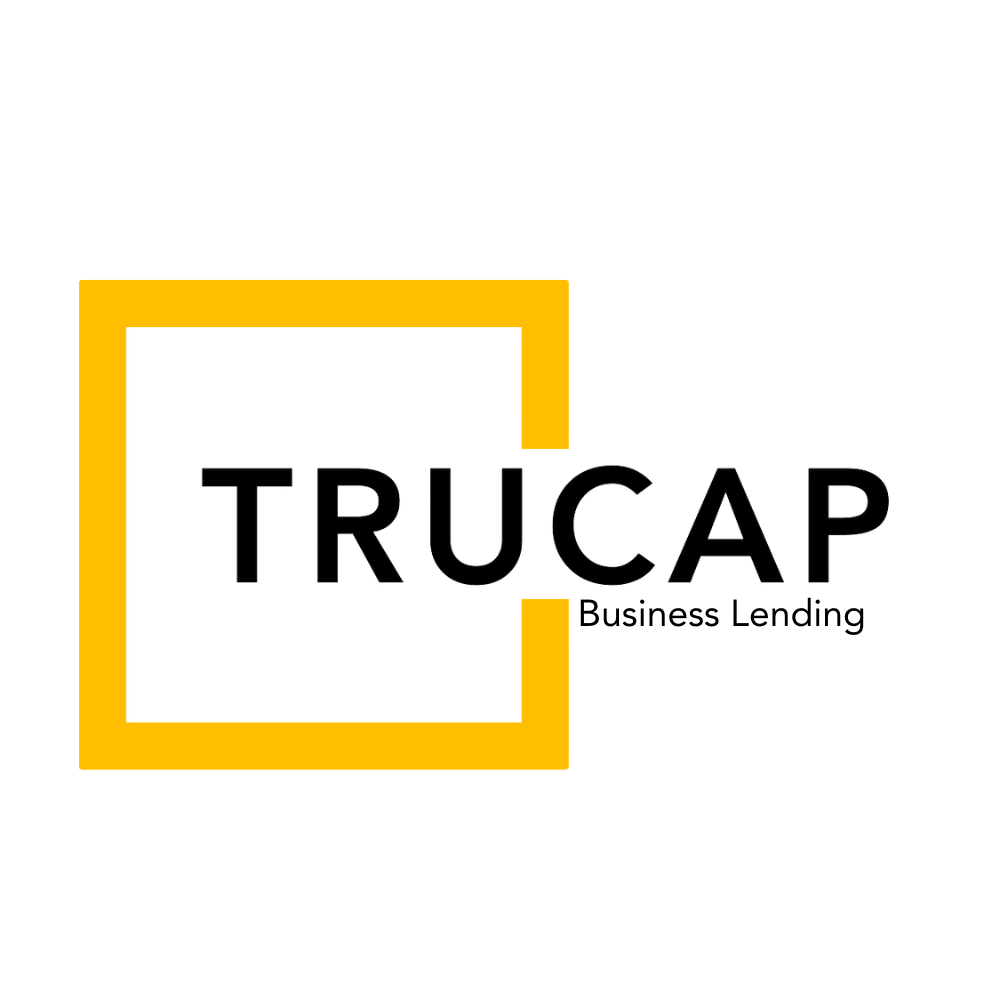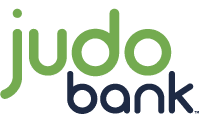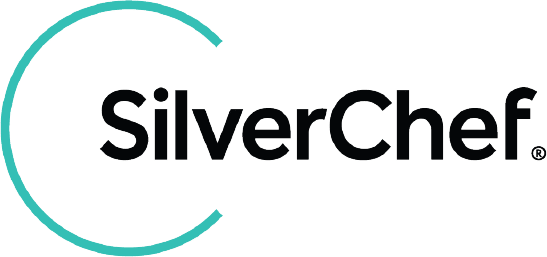When it comes to borrowing for your small, medium or large business, there are plenty of options to choose from. If you’re looking for more flexibility in how you can access and use your funds, a business line of credit might be a product worth exploring. Whether you need something you can rely on to cover regular business expenses or simply a financial safety net in case your cashflow tightens, they can offer much-needed versatility to a range of businesses.
What is a business line of credit?
A line of credit is a type of business finance that allows you to access funds up to a set limit at any time. In contrast to a standard business loan, which gives you a lump sum upfront to repay over a set term, you can withdraw money from your line of credit in smaller chunks without seeking approval each time you borrow. You’ll only pay interest on the funds you access, too, rather than the full limit.
It works similarly to a credit card. For instance, if your limit was $200,000, you could take out $5,000 to $10,000 on a regular basis or a single hit of $100,000 or more. It’s a highly flexible form of finance, so how you use it comes down to your business and what you need.
Although lines of credit can be useful for a whole range of businesses, those whose cashflows are inconsistent will find them especially handy for plugging gaps in down periods. When business is booming, the line is still there in the background as backup.
Are business lines of credit secured or unsecured?
Both unsecured and secured lines of credit are available to businesses. If you don’t have an asset to use as collateral, or don’t want to use one, unsecured lines of credit are usually quicker and easier to apply for. However, by attaching an asset as collateral, such as your home, you can potentially gain access to a higher limit and lower rates and fees.
What can my business use a line of credit for?
Lines of credit are designed to be flexible, so you can essentially use them however you like (provided they’re used for business purposes). Here are some of the common ways business lines of credit are used:
- Managing/boosting business cashflow
- Purchasing inventory and stock
- Covering employee salaries
- Renovating the business premises
- Replacing the existing décor
- Funding advertising campaigns
For more significant investments, such as expanding your business or purchasing new equipment or vehicles, a line of credit may not be as suitable as a larger business loan due to its lower limits, higher rates and fees and less structured repayments. A chattel mortgage would likely make more sense if you’re expanding.
How much can my business borrow with a line of credit?
Business lines of credit can go up to as much as $250,000 to $300,000 when unsecured or up to $500,000 or more when secured. However, the maximum limit your business is approved for will depend on a wide range of factors, including:
- Your business’ finances: lenders will look at your business’ financial situation, such as its revenue and expenses, to get an idea of how much debt it may be able to manage.
- How long your business has been running: even if your business has ample cash reserves, lenders will want to see a steady trading history before approving larger line of credit limits.
- The size of your business: you’ll be approved for a credit line that’s proportionate to your business. Smaller businesses are more likely to be approved for lower maximum limits, for instance, unless a particularly valuable asset is attached as security.
- Your business’ credit score and history: businesses with stronger credit profiles and a proven track record of managing similar debts are more likely to be approved up to a higher limit.
- Whether your credit line is secured or unsecured: as discussed, secured lines of credit may boost your borrowing power (depending on the above factors and the value of your asset).
- Your lender’s maximum borrowing limit: different lenders have different borrowing limits, so you may be able to borrow more with some than others.
How long can I take to repay my business line of credit?
Unlike standard business loans, lines of credit are available on an ongoing basis. This means many lenders offer no set repayments or term as part of your agreement, so you can take as long as you like to repay it (provided you meet your lender’s minimum payment requirements).
Some lenders may set a certain timeframe for your credit line, such as between two and five years, during which time you can borrow and repay as many times as you like. At the end of this term, you can apply to extend it and adjust your credit limit if necessary. Payments on these agreements can be fixed and directly debited from your account.
How much will my business line of credit cost?
The cost of your line of credit will be determined several key variables, such as:
- Interest rate: the higher your interest rate, the more you’ll pay overall.
- Establishment fee: a one-off fee charged based on your credit limit, which could cost in the hundreds or thousands (depending on your limit). Not all lenders will charge this fee.
- Facility/line access fees: an ongoing charge for having access to the credit line. This is either a set amount or percentage of your credit limit and is charged even if you aren’t using your line of credit.
- The time you take to repay your debt: by clearing your balance as quickly as possible, you can minimise the amount of interest it accrues.
- The amount you access: interest is calculated based on your balance, so having a higher running balance means you’ll pay more in interest.
Why apply for a business loan with Savvy?
Expert brokers
You can speak with one of our specialist commercial brokers who can walk you through a range of loans to best suit your company's needs.
Over 40 lending partners
You can compare business loan offers, through a range of trusted lenders, maximising your chances of a great rate.
Fast online process
You can fill out our simple online form to generate a free business finance quote within minutes. You can also come back to it at any time.
The pros and cons of business lines of credit
Pros
-
Access funds when you need them
Unlike more traditional business lending, you’ll be able to withdraw as much as you like as many times as you like (provided it’s within your limit).
-
Pay off your balance at your own pace
You’ll be able to chip away at your balance at times that are most convenient for your business, although you may need to clear it within a certain period.
-
Only pay interest on what you use
You’ll only pay interest on your outstanding balance, rather than the full line limit, so you won’t need to pay a premium for funds you won’t use.
Cons
-
Higher interest rates and fees
Compared to other business loans, you’ll likely have to pay more in interest and fees to borrow your funds.
-
Greater temptation to spend
Because money is easier to access once your line of credit is open, you may be more tempted to spend where you don’t need to or may not be able to comfortably afford.
-
Potential for costs to mount quickly
Letting your balance build up and not paying it down promptly could result in a very steep interest bill.
How to apply for a business line of credit with Savvy
-
Fill out our form
Supply details on your business and how much you want access to.
-
Send your documents
We’ll need evidence of your identity and business finances to verify your profile.
-
Speak with your broker
Your broker will give you a call to chat about your available options.
-
Have your application submitted
We’ll put together all the details for formal assessment by your lender.
-
Get approved and seal the deal
Once you’re formally approved, you can sign off and gain access to your line of credit!
Top tips for using a business line of credit well
-
Plan to pay things off quickly
A line of credit can be a good solution for sudden, urgent expenses, but it’s best to keep it as a short-term, stop-gap solution. Plan to pay off the balance on your line of credit promptly where possible.
-
Watch your balances
A line of credit can sometimes be a little too easy to access. It isn't hard to lose track of your spending, and potentially even get close to your credit limit. Keep a close eye on the balance at all times.
-
Don't use it for operating losses
If your business finds itself running at a moderate loss, don’t try to plug the gap with line of credit funds. If things don’t turn around quickly, you'll have saddled yourself with more high-interest debt.
-
Have a backup plan
It’s good to have a backup plan for how to quickly clear your balance. It's possible (on rare occasions) for a lender to cancel a line of credit and require any remaining debt to be promptly repaid.
Business line of credit alternatives
Of course, lines of credit aren’t the only finance option available to your business. Here are a few other common solutions:
Business overdrafts
Another type of line of credit, overdrafts are attached to your business’ bank account and allow you to withdraw funds beyond $0 up to a set limit. There’s no set repayment period, but higher interest rates and fees apply. You can opt for secured and unsecured overdrafts, with attaching security having the same impact in terms of borrowing power and interest rate.
Business credit cards
Credit cards are also a type of line of credit. One big difference between these and the line of credit loans we’ve discussed already are that they can come with interest-free periods of between 30 and 60 days, during which you can clear your balance without accruing any interest. However, rates are even higher than lines of credit and overdrafts, sometimes exceeding 20.00% p.a., making them less suitable for significant outstanding balances.
Business loans
Of course, you can always turn to the old-fashioned unsecured business loan as an alternative, too. You can borrow up to $300,000 unsecured and into the millions if you provide security. The repayments for these are more structured, with terms ranging from up to three to five years for unsecured finance to as many as 30 when you attach an asset as collateral. These are more suitable for bigger purchases that aren’t suited to the line of credit structure.


